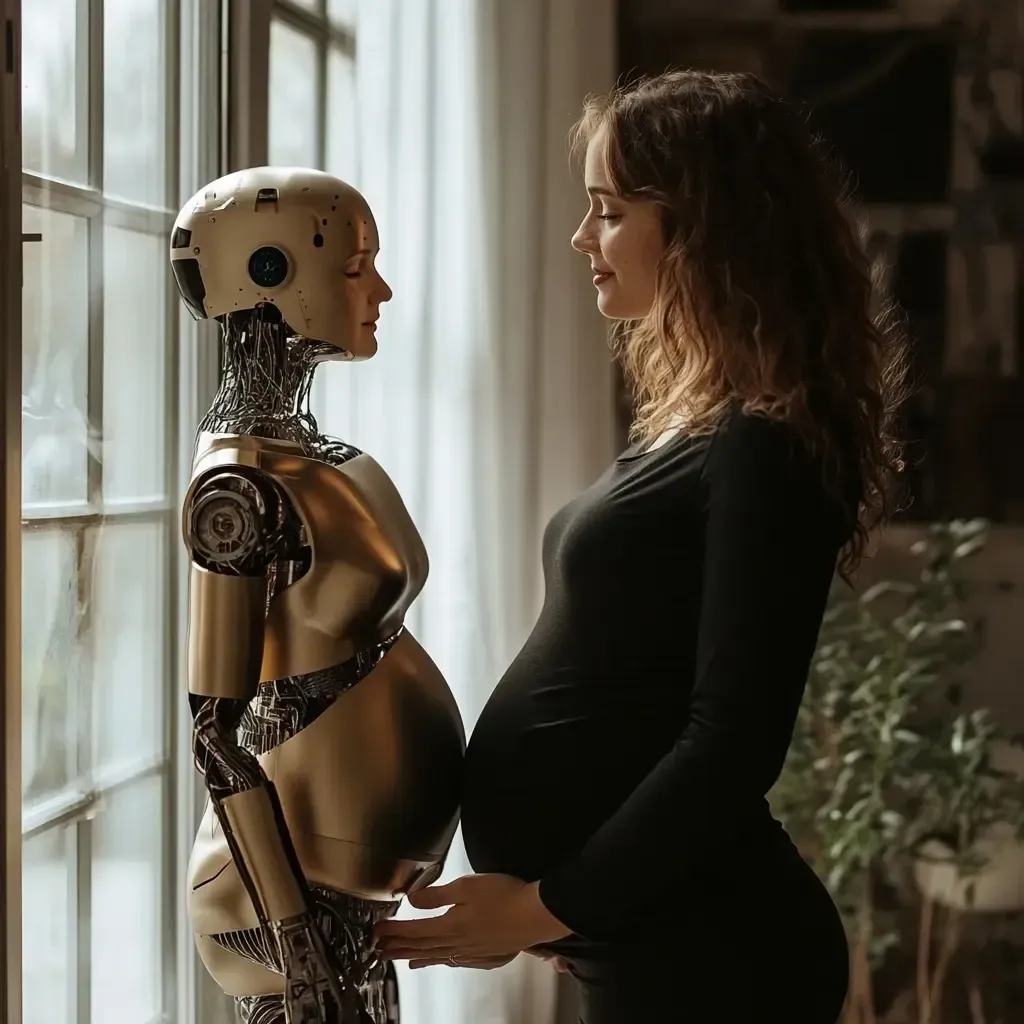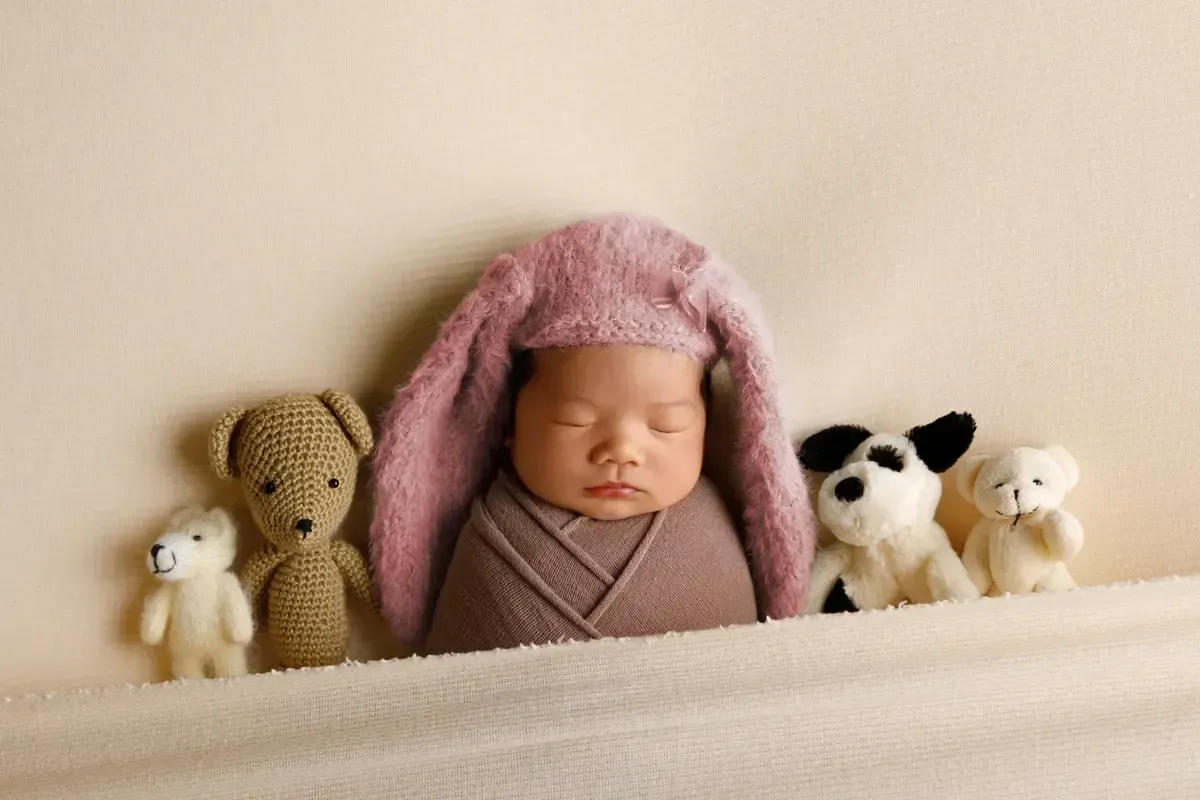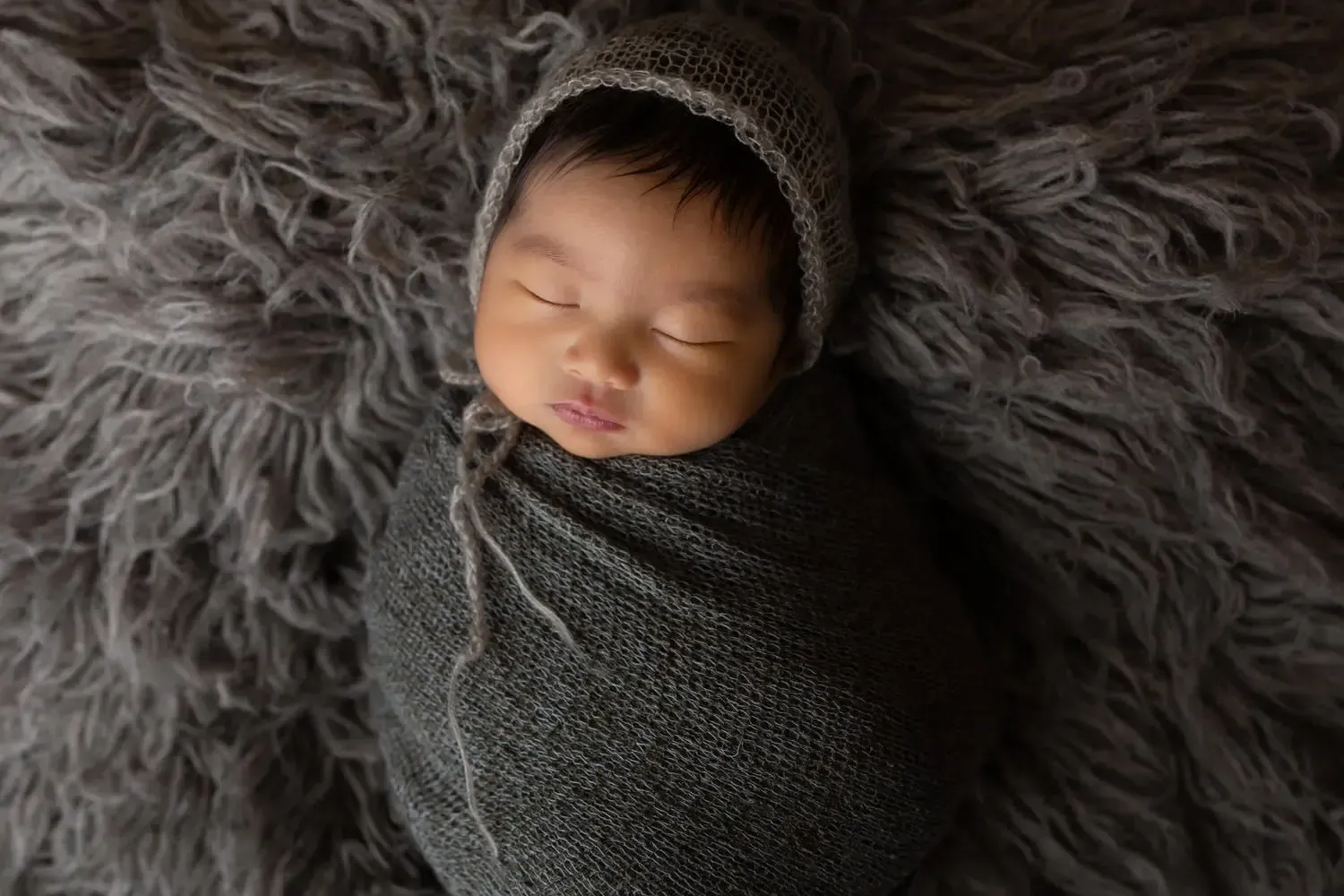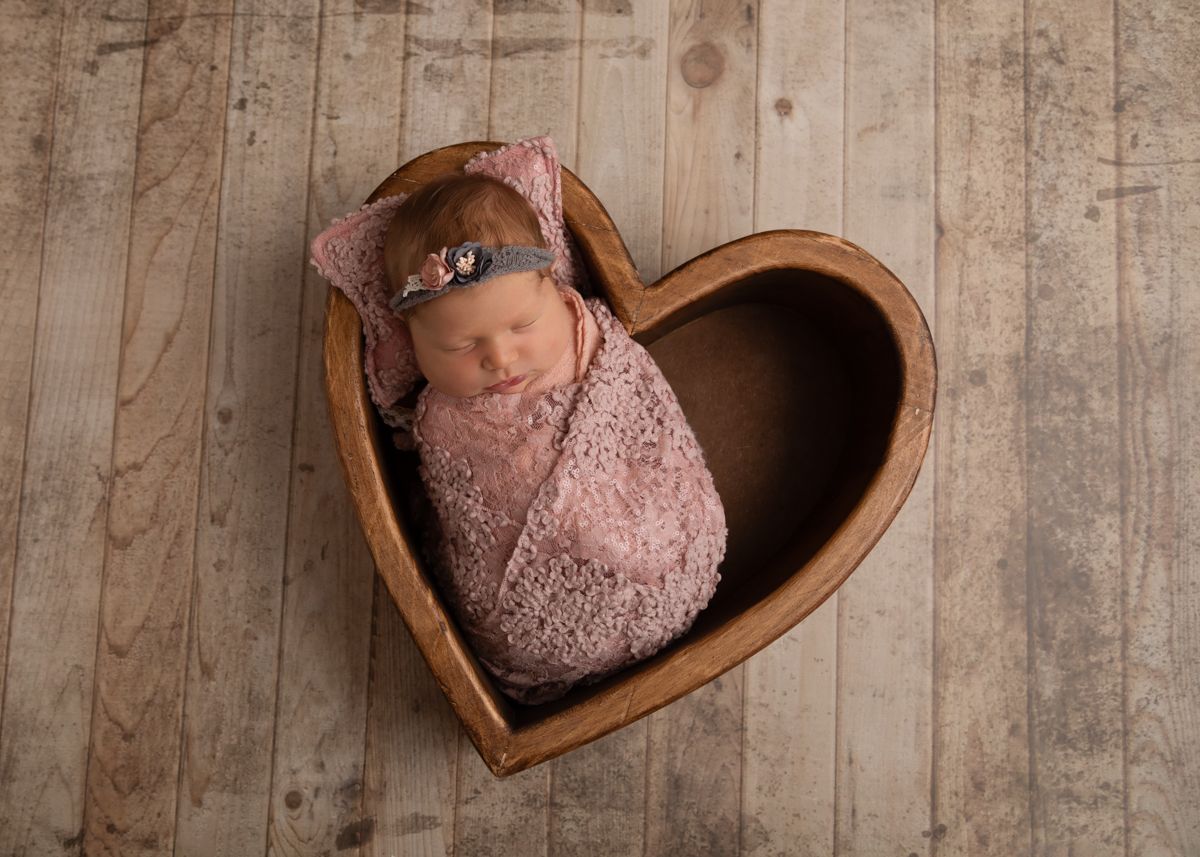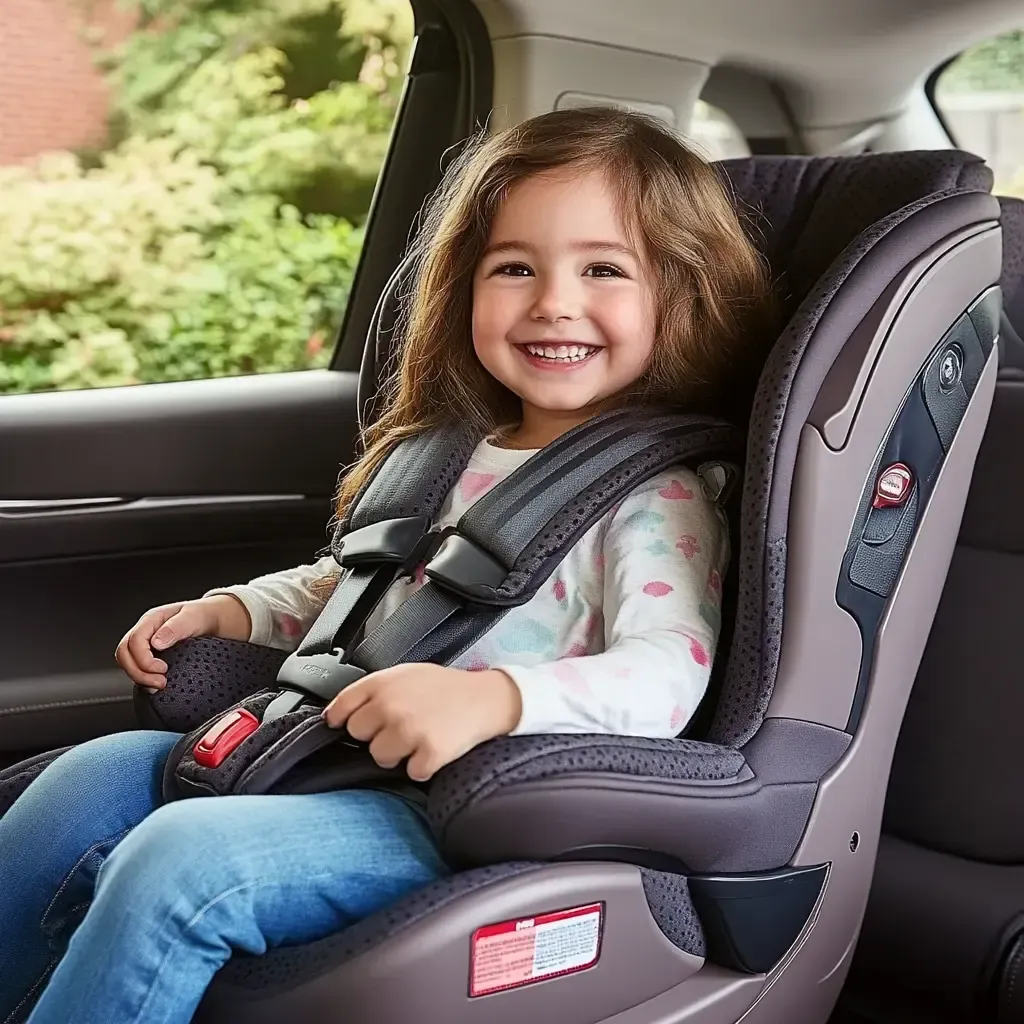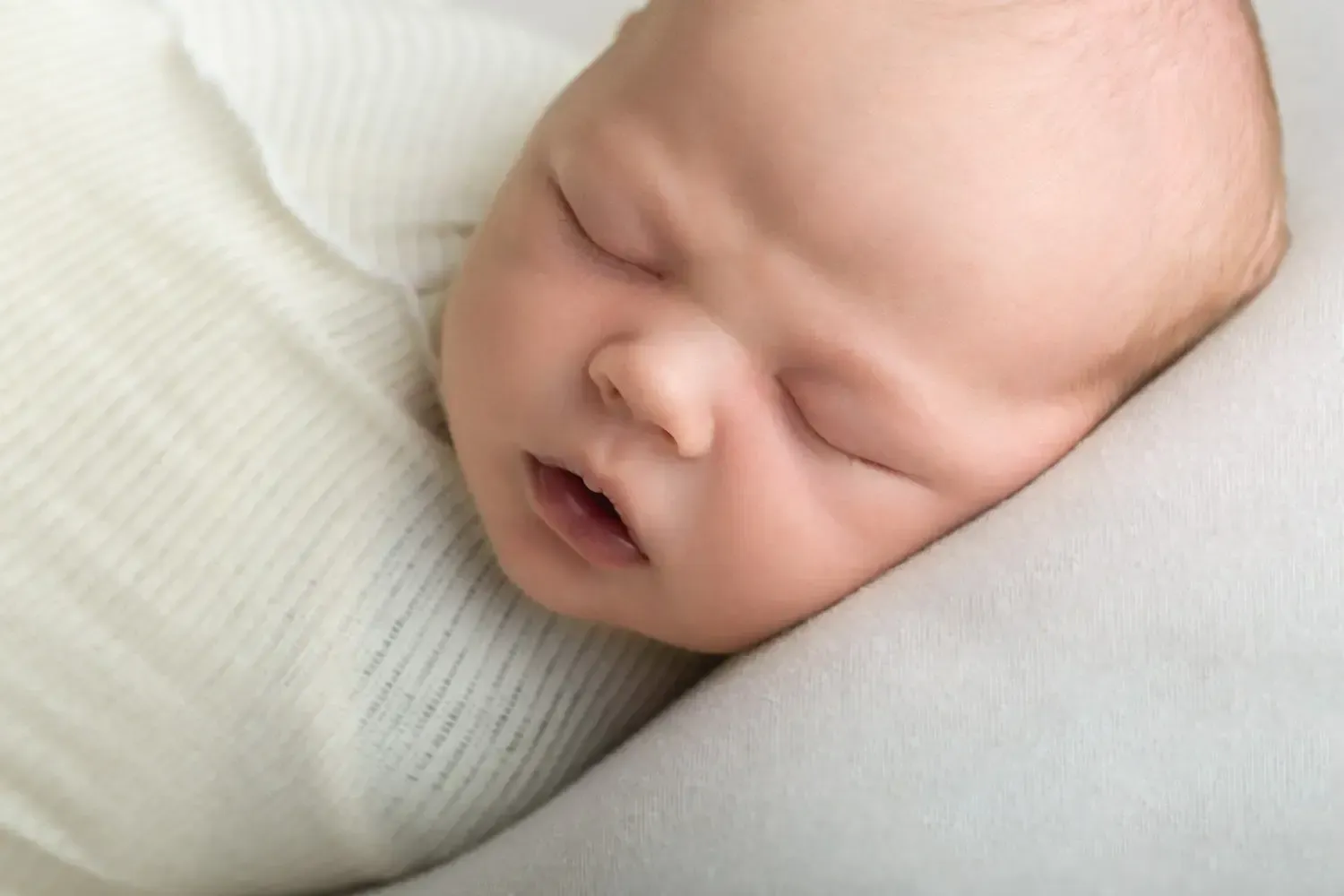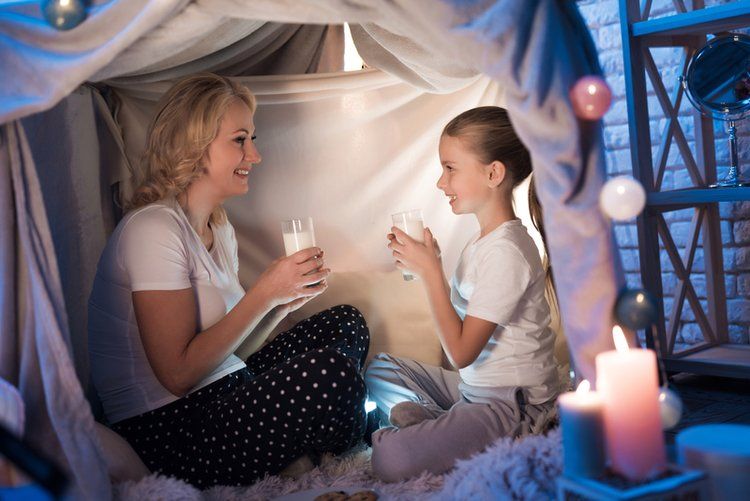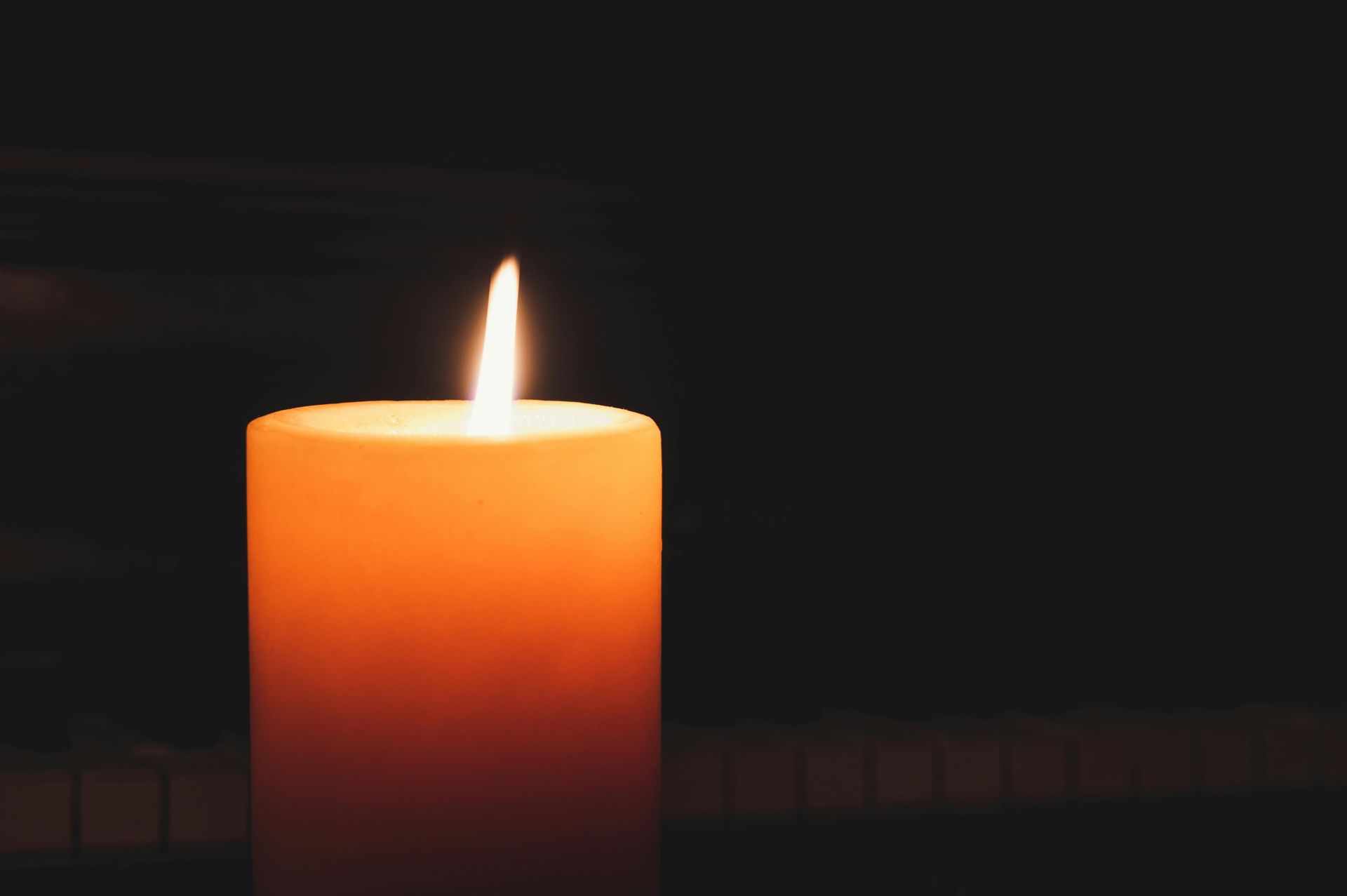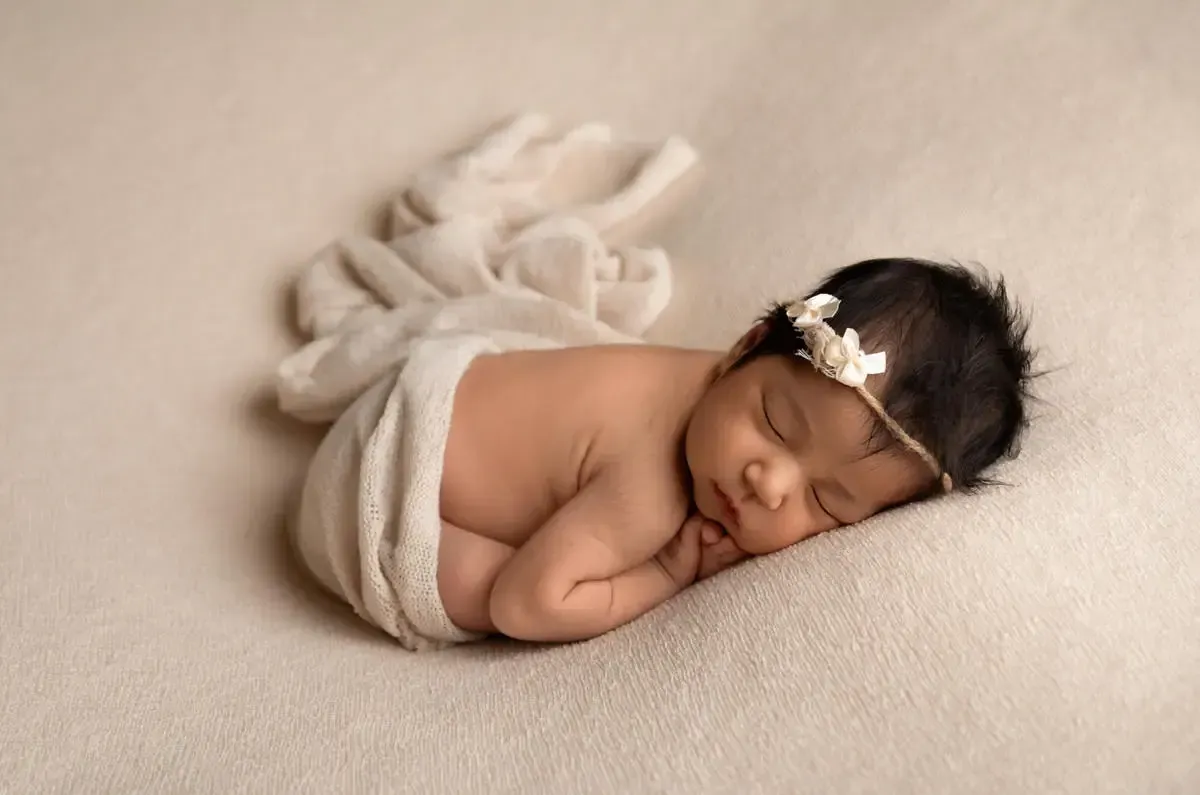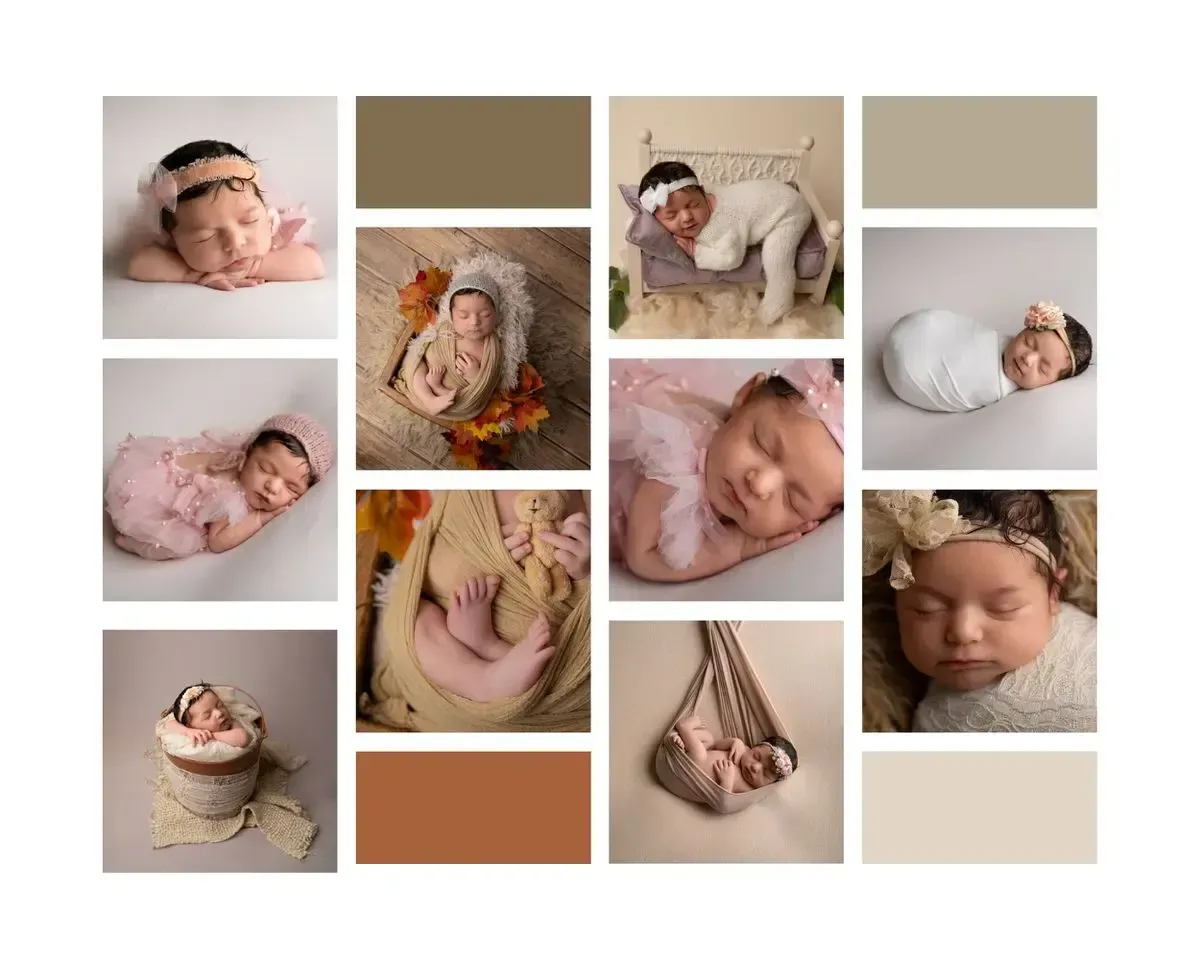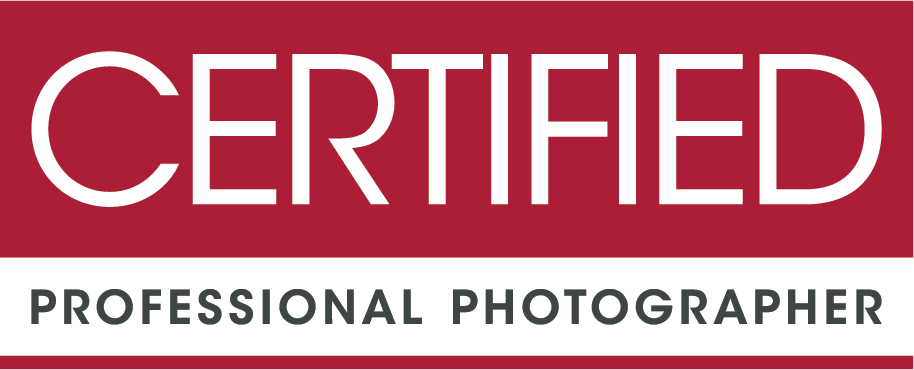Make Sure Your Baby's Crib Is Positioned Safely
Where your baby’s crib is positioned in the nursery makes a difference.
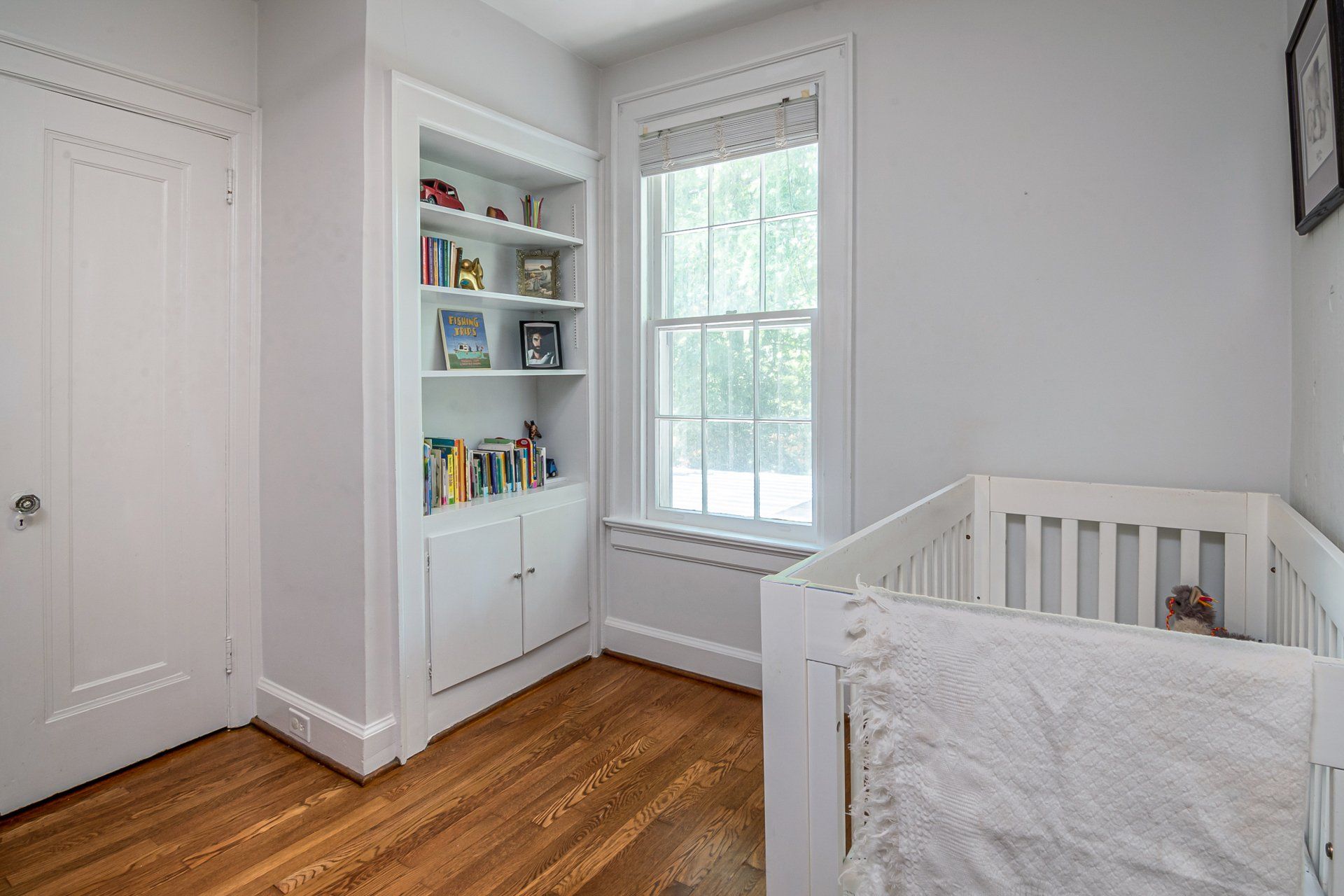
Your little bundle of joy is on the way, and you've begun the beautiful journey of preparing the perfect nursery. Part of this process involves ensuring the crib—the place your baby will spend countless hours—is safe and positioned properly. This guide will provide you with the information you need to secure the safety of your child's crib, setting you at ease for their arrival.
Importance of Crib Placement
Don't underestimate the value of your baby's crib placement—it's more than just about making the nursery look picture perfect or being handy for you. A strategically placed crib plays an instrumental role in safeguarding your infant's health and well-being. Why, you might ask? Well, a thoughtful crib location can significantly diminish potential threats such as sudden infant death syndrome (SIDS), injuries, and even unnecessary sleep disturbances for your little one.
Aside from health and safety, the right crib positioning also allows you to access your baby with ease, especially during those unexpected late-night diaper changes or feedings. So, when setting up your nursery, remember that crib placement isn't simply a design choice—it's a crucial decision with long-lasting effects on your baby's safety and your peace of mind. The likelihood of SIDS decreases to 1 in 46,000 while sleeping in a crib in the parent's room.
Factors to Consider when Positioning the Crib
Plotting the perfect spot for your baby's crib isn't just about aesthetics—it involves a careful analysis of various elements in your nursery. Room temperature, ventilation, lighting, noise levels, and easy access all play a pivotal role in determining the ideal crib location.
To start, pay attention to the room's temperature. Your baby's crib should be placed away from windows, heaters, or air conditioners. This prevents your little one from direct sunlight exposure, chilling drafts, or sudden changes in temperature. Your crib's proximity to these elements could affect your baby's sleep and overall comfort.
Ventilation is another essential factor. Ensure the crib isn't enclosed by walls on all sides, which could lead to poor air circulation. Your baby needs fresh air, but the crib should not be directly under an air vent, which might cause drastic temperature fluctuations.
Lighting in the room should also be considered. The crib shouldn't be in a spot where strong natural light falls, which could disturb your baby's sleep. If you can't find a spot away from harsh sunlight, consider investing in blackout curtains.
Let's talk about noise levels. Ideally, the crib should be in the quietest part of the room. If you're in a bustling city or have noisy neighbors, think about soundproofing the nursery. A calm, quiet environment helps ensure peaceful sleep for your baby.
Finally, the crib's accessibility is important. You should be able to reach your baby quickly and easily—especially for those unexpected late-night diaper changes or feedings. Plus, an accessible crib allows for easy monitoring of your baby while they sleep.
Be sure to also check for potential hazards near the crib. Loose cords, curtains, or tall, unstable furniture should not be within your baby's reach. These could pose a safety risk, and your child's safety is, after all, the ultimate goal in setting up a safe nursery.
Steps to Ensure Optimal Crib Placement
Establishing the perfect spot for your baby's crib can seem overwhelming, but by following a few critical steps, you can create a sanctuary of safety for your little one. Start by analyzing the room’s overall layout. Can you easily navigate around the crib? Is there enough space for quick and easy access during those midnight feeds or diaper changes?
Baby cribs should never be placed by a window. Near a window is a dangerous place for a crib for multiple reasons. Blind cords are known to pose a danger to children and pets. It’s easy for a baby to get tangled in them and get hurt.
Windows are also dangerous because they are made of glass. While house windows aren’t broken often, accidents happen. You don’t want your baby’s window to break and for shattered glass to fall into the crib. Keeping the crib away from the window is much safer.
Once you’ve considered the crib’s accessibility, turn your attention to the lighting in the room. Daylight can be a blissful, natural alarm clock, but when it’s nap time, it can be your worst enemy. If the sunlight is too intense in your nursery, consider using blackout curtains to create a darker, more serene environment conducive to sleep.
Noise levels in the nursery can also impact the quality of your baby’s sleep. If you live in an area with a high noise level, you may want to contemplate soundproofing the nursery. This could be as simple as adding some thick, plush rugs to dampen outside sounds or as involved as installing soundproof windows or doors.
Next, consider potential hazards in and around the crib. Are there any loose cords from blinds or curtains that could pose a risk? If so, ensure they are tied up and kept well out of reach. Also, scan the room for any tall, unstable pieces of furniture that could potentially tip over and cause harm. Check for any objects that could fall into or onto the crib. This poses an obvious risk to your baby. You don’t want anything falling on them that could harm them.
You also don’t want dangerous choking hazards falling in that they could put in their mouths. Pay attention to what is on top of nearby furniture. Move anything you see that your baby could grab onto and pull, causing it to fall into or onto the crib.
Finally, examine the crib’s proximity to any heaters or air conditioning units. Positioning the crib at a safe distance from these elements can prevent drastic temperature fluctuations that could disturb your baby’s comfort and sleep. Children commonly start trying to climb out of their cribs around 1-2 years old. Climbing out of a crib can be dangerous. Keeping the crib away from other furniture may not keep your child from trying to climb out, but it will keep them from climbing out of the crib and onto taller furniture that poses an even greater risk.
Remember, setting up your nursery is not just about aesthetics. It’s about creating a safe, cozy, and comfortable space for your little one. By carefully considering these factors when placing your crib, you can ensure a secure and serene environment for your baby.
Where your baby’s crib is positioned in the nursery makes a difference in how safe your baby is while they’re in it. Pay attention to what is nearby and any hazards posed. Think ahead to when your baby starts pulling themselves up and trying to climb out too. Babies grow and develop quicker than you would believe. Make sure they’ll be safe in their crib no matter what by positioning it carefully in their nursery.
Have you thought about Maternity photos for you or infant photography for your baby?
You may also like to read How To Keep The Spark ALive In Your Relationship After Having A Baby
New Paragraph
